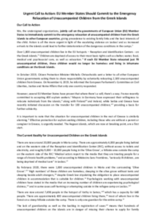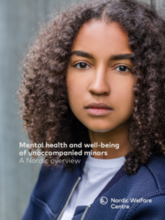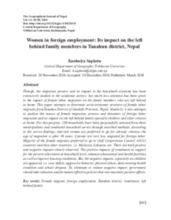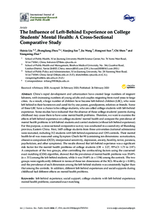Displaying 231 - 240 of 836
This article presents a tentative analysis of 30 years of academic research in the field of children’s rights and migration (1989–2019).
This qualitative study explores the experiences of unaccompanied children with regard to violence in reception facilities in the Netherlands from the perspective of the children.
This qualitative study explores the experiences of unaccompanied children with regard to violence in reception facilities in the Netherlands from the perspective of the children.
The aim of this study is to explore the experiences of former unaccompanied refugee children and unaccompanied refugee children, their carers and social workers with regard to the foster placement.
The undersigned organizations of this Call to Action jointly call on the governments of European Union (EU) Member States to immediately commit to the emergency relocation of unaccompanied children from the Greek islands to other European countries, giving precedence to existing family links and the best interests of the child.
This report surveys different aspects of health of unaccompanied minors who have arrived in the Nordic region.
This paper attempts to determine socio-economic structure of female labor migrants from Tanahun District of Gandaki Province, Nepal. Similarly, it also attempts to analyze the causes of female migration, process and dynamics of foreign labor migration and its impact on the left behind family specially children and elder citizens at home.
The authors of this article investigated the associations of individual- and family-related factors with psychological distress in a sample of left-behind children (LBC) aged 10–15 using logistic regression. A total of 954 LBC were included in the study.
This study aims to explore how young migrants in kinship care in a Swedish suburb describe what different places mean to them and what these descriptions can tell us about their sense of belonging.
This study examined the effects of left-behind experience on college students’ mental health and compared the prevalence of mental health problems in left-behind students and control students (without left-behind experience) in China.




